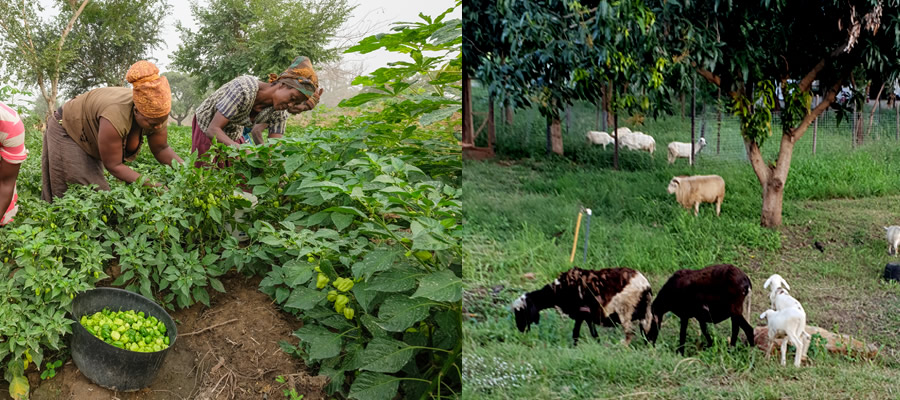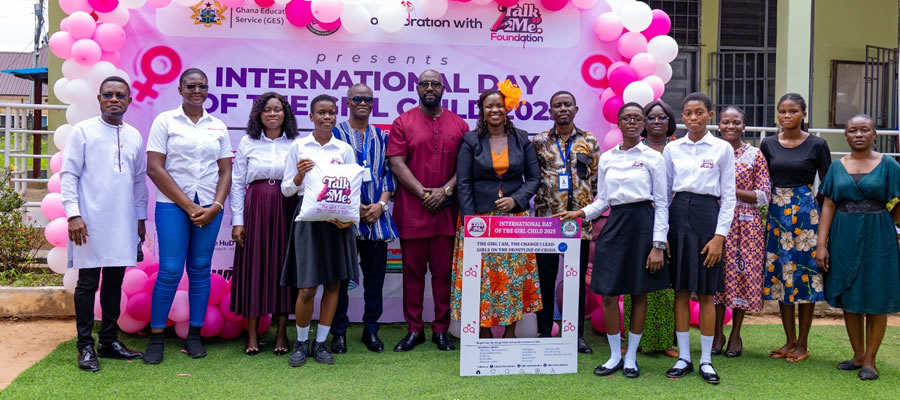

Location & Size
Location
The Municipality lies within latitude 5°35° North, 5°29’ North and longitude 0°10’ West and 0°24’ West. It shares common boundaries with Ga East and Accra Metropolitan Assembly to the East, Akwapem South to the North and Ga South and Ga Central to the South.
Size
It occupies a land area of approximately 284.08 sq km with about 412 communities. The Ga West Municipal is the second largest of the six Municipalities & Districts in Greater Accra Region.
Topology & Drainage
Drainages
Three major rivers that drain the Municipality are Densu, Nsaki and Onyasana rivers. The largest of the three, the Densu drains down from the Eastern Region through the western part of the Municipality to Weija where it enters the sea.
Topography
The land area consists of gentle slopes interspersed with plains in most parts and generally undulating at less than 76m above sea levels. The slopes are mostly formed over the clay soils of the Dahomeyan gneiss with alluvial areas surrounding the coastal lagoons generally flat.
The Akwapim range and the Weija hills rise steeply above the western edge. The crest of the Akwapim range lies generally at 300m southwards. This line of hills continues through to the Weija hills with the highest point reaching 192m near Weija. There are Three major rivers namely; the Densu, Nsaki and Ponpon river drain the district.
The largest of the three is the Densu which drains down from the Eastern Region through the western portions of the district to Weija where it enters the sea. It is the main source of water supply to over half the entire population of the Accra Metropolis. Other water bodies mostly tributaries of the Densu are the Adaiso, Doblo, Ntafafa and the Ponpon river.
Climate & Vegetation
Climate
The Municipality lies wholly in the coastal savannah agro-ecological zone. The relief is generally undulating at less than 76m (250ft) above sea level except for the areas around the Akwapim hills. The rainfall pattern is bi-modal with an annual mean varying between 790mm on the coast to about 1270mm in the extreme north. The annual average temperature ranges between 25.1°C in August and 28.4°C in February and March. Humidity is generally high during the year. Average humidity figures are about 94% and 69% and 15:00 hours respectively.
Vegetation
The Municipal lies wholly in the coastal savanna agro-ecological zone. The relief is generally undulating at less than 76m (250ft) above sea level except for the areas around the Akwapem and Weija hills. Only the alluvial areas surrounding the coastal lagoon could strictly be called flat. The Rainfall pattern is bi-modal with an annual mean varying between 790mm on the coast to about 1270mm in the extreme north. The annual average temperature ranges between 25.1 °C in August and 28.4°C in February and March. February and April are the hottest months. Humidity is generally high during the year. Average humidity figures are about 94% and 69% at 6:00 and 15:00 hours respectively.
Geology & Soil
The land area is underlaid by shallow rocky soils and are extensively developed on the steep slopes of the Akwapim range and the Weija hills as well as the basic gneiss inselbergs. On the Akwapim range the soils are mainly pale and sandy with brushy quartzite occurring to the surface in most places. These soils are rich in sandstone and limestone that are good source of material for the construction industry.
The red earths are usually developed in old and thoroughly weathered parent materials. They are typically loamy in texture near the surface becoming more clay below. The red soils are porous and well drained and support road development and also provide ample moisture storage at depth for deep-rooting plants. Nutrients supplies are concentrated in the humus top-soil.
Date Created : 11/28/2017 5:15:56 AM










 facebook
facebook
 twitter
twitter
 Youtube
Youtube
 +233 593 831 280
+233 593 831 280 0800 430 430
0800 430 430 GPS: GE-231-4383
GPS: GE-231-4383 info@ghanadistricts.com
info@ghanadistricts.com Box GP1044, Accra, Ghana
Box GP1044, Accra, Ghana